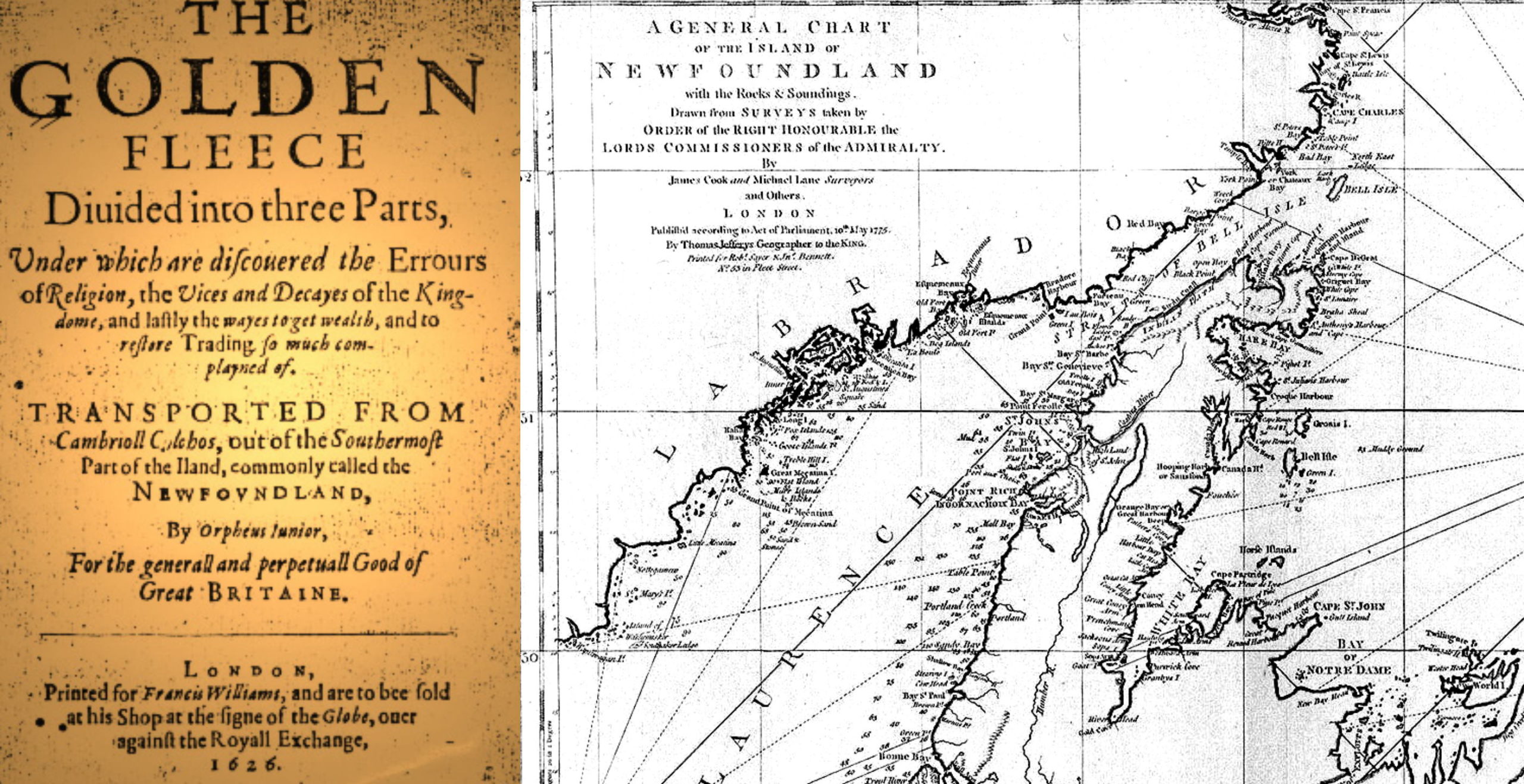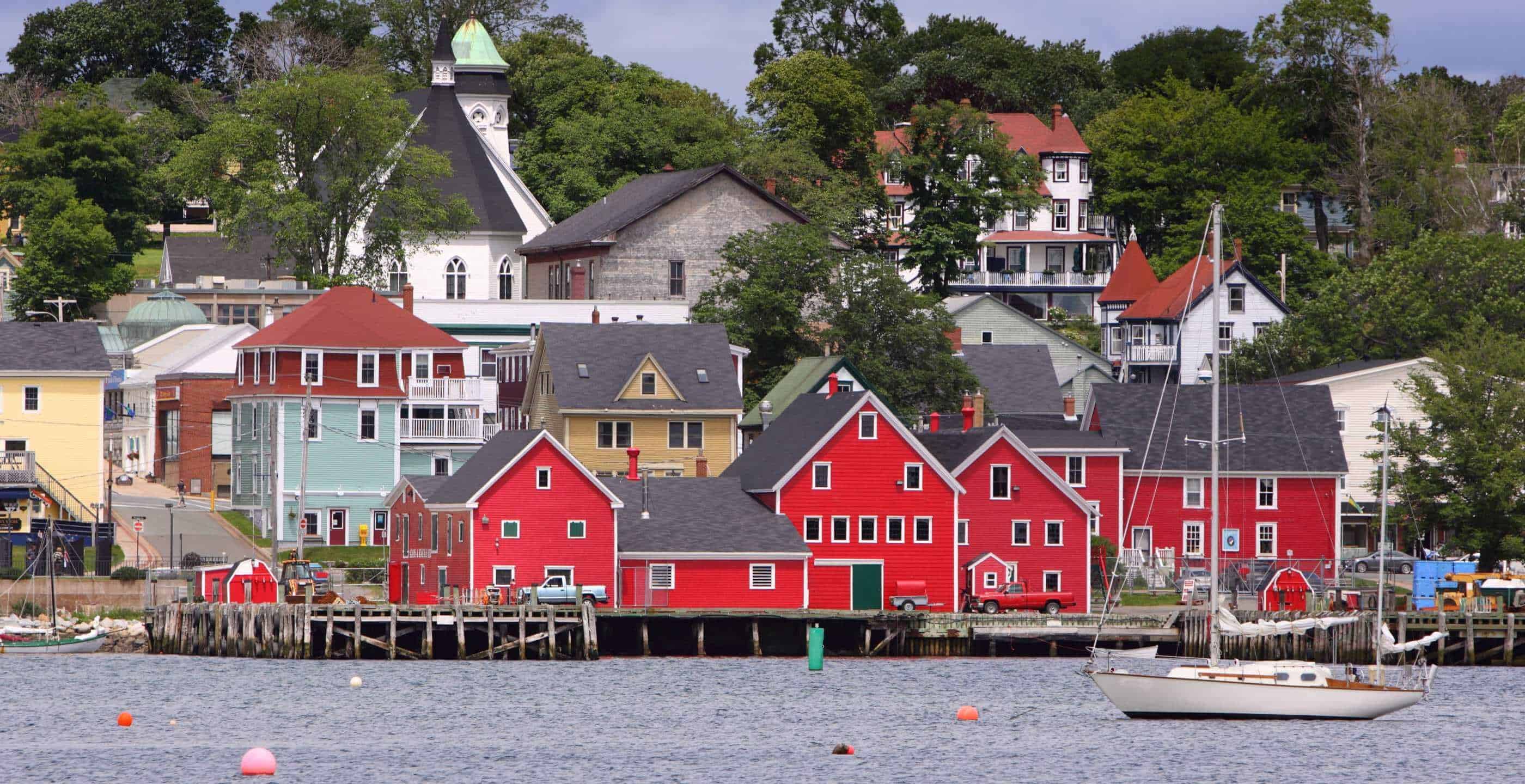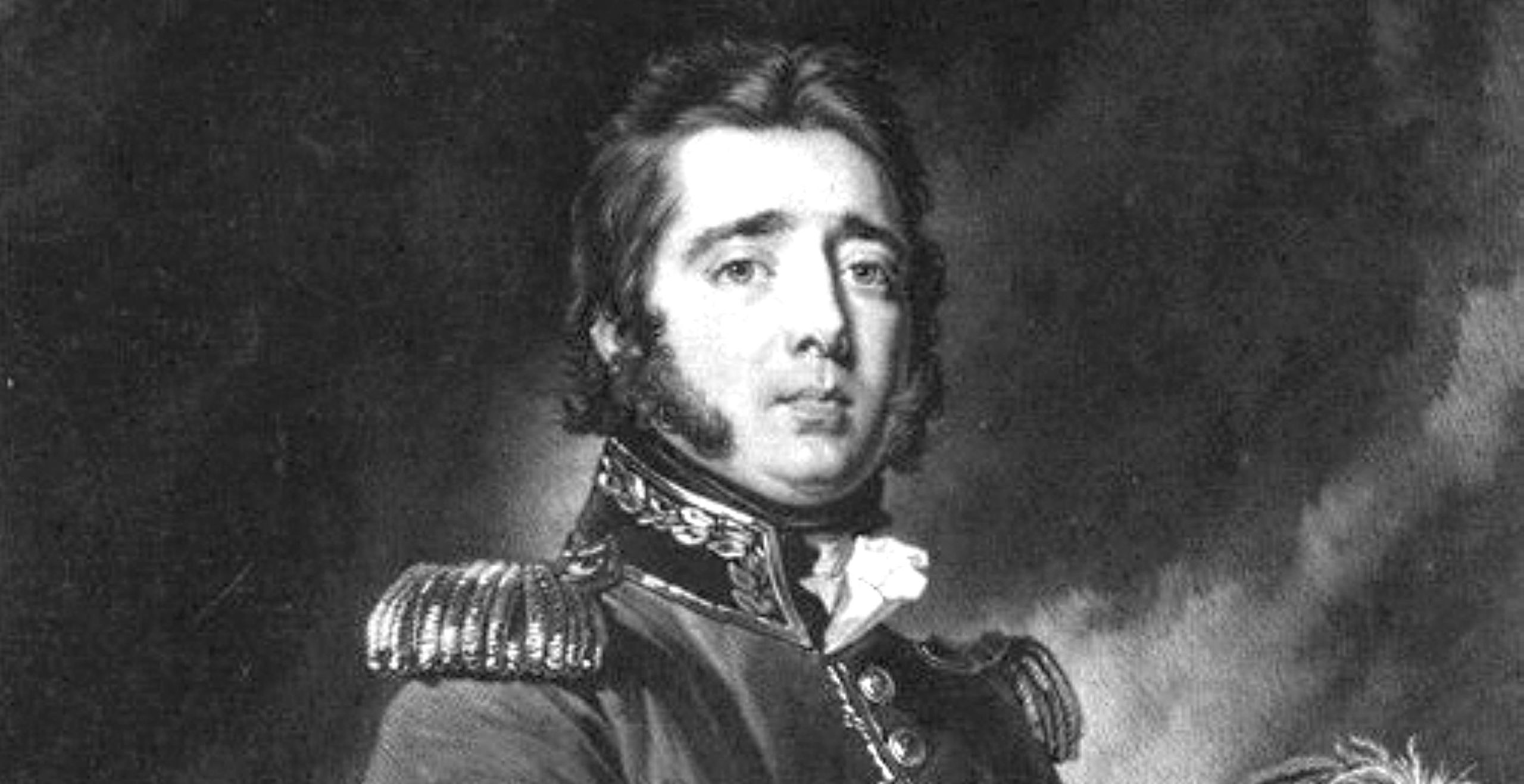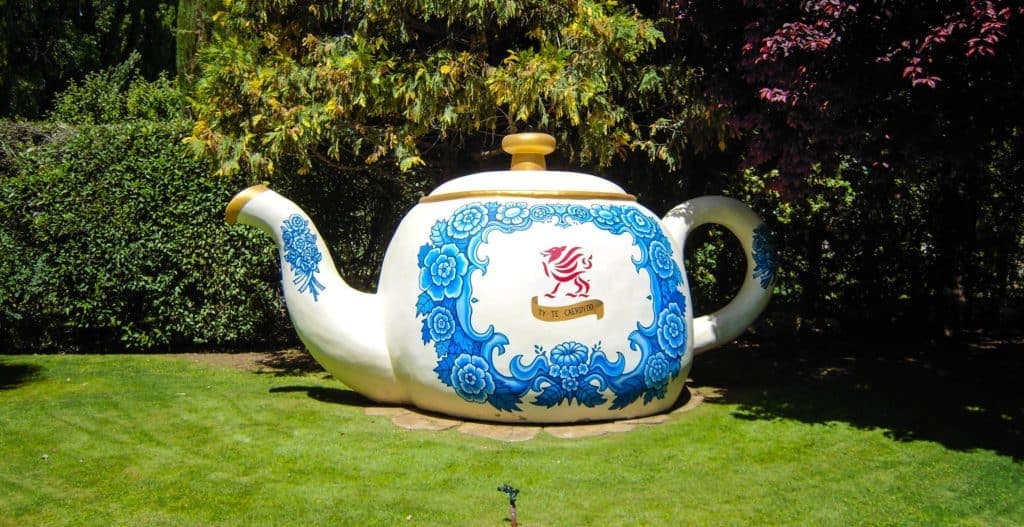Sir William Vaughan was a Welsh author and scholar who promoted and unsuccessfully attempted the colonisation of Newfoundland, Canada, in the 1600s.
He was born in 1575, the son of Walter Vaughan who owned the estate of Golden Grove (Gelli Aur) in Carmarthenshire. The family claimed to be descendants of Bleddyn ap Cynfyn, Prince of Gwynedd and Powys, a medieval prince.
His family proved to be influential figures, particularly his brother Henry who became a well-known Royalist leader in the English Civil War. His older brother John carried the title of 1st Earl of Carbery and was a Welsh courtier and politician. As John was Walter Vaughan’s first son, William from a young age knew that he would not benefit from the family inheritance and thus sought to pursue his own path to achieve prestige and wealth.
As a young boy he had been sent away to receive his education in London and by the time he was fourteen, he attended Jesus College, Oxford, beginning his degree in 1592 and graduating with a Bachelor of Arts three years later.
He subsequently went on to study for a Masters which he achieved in 1597 before he supplicated for a Bachelor of Civil Law degree in 1600. Before he sat his final exams he chose to go travelling in Europe, a trip which took him to France, Italy and Austria before returning once again to Oxford in 1603.
At this point he already had his first book published and would subsequently embark on a prolific writing career in which his books would be extremely well-received, particularly in the legal community but also the Royal court.
The main topics in his books centred on philosophy, politics, economics and even medical matters, addressing a wide range of issues. Some of his most well-known titles include, “The Golden Grove”, “The Golden Fleece” and “The Newlanders Cure”.
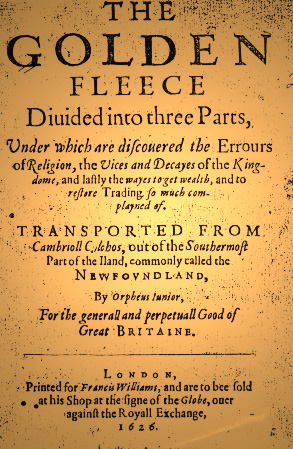
In his personal life, he suffered a great tragedy when his wife Elizabeth and his son Francis both died in 1608 when their house was struck by lightning. Eight years later William went on to marry again, a woman called Anne Christmas of Colchester who was the daughter of a wealthy Colchester merchant. The couple would go on to have six children, five girls and one boy. Their son Edward would grow up to become an important Welsh figure in his own right as he negotiated terms of surrender to the English parliament in 1645.
Meanwhile, William Vaughan’s life in 1616 would prove to become very eventful. It was in the same year as his marriage that he launched his bid to create a Welsh colony in Canada. He proceeded to purchase the southern Avalon Peninsula from the Newfoundland Company, also known as the London and Bristol Company. It was set up in the early seventeenth century when a surge of interest in the Newfoundland fishery from English merchants brought about demand.
William Vaughan’s intentions were based on the economic situation he witnessed in Wales with great levels of poverty. He strongly advocated Newfoundland as a practical solution to the issues experienced by his fellow countrymen, believing that a colony in the New World would be a fruitful endeavour with Newfoundland already possessing an established fishery.
He had previously rejected other locations such as St Helena, Virginia and Bermuda, instead identifying Newfoundland as an easily accessible location with fish as a strong commodity already established.
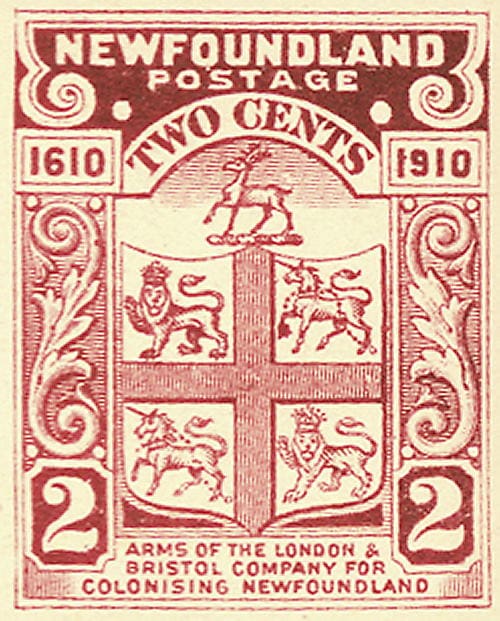
His first attempts at colonisation took place in 1617 when he sent out the first settlers who were to make this faraway land their new home under the name of “New Cambriol”, meaning “Little Wales”.
They were sent to the harbour of Aquaforte but sadly they proved to be extremely unprepared and ill-equipped for what was about to face them. Unfortunately, their first experiences of a Canadian winter involved huddling together for warmth in cabins which were more commonly used by fishermen in the summer months.
In the following year, with a new intake travelling to Newfoundland, Vaughan used the expertise of the fishing master Richard Whitbourne and appointed him governor. He soon had a massive task on his hands as he was bringing with him further colonists and also the highly necessary provisions in order to get the settlement up and running.
Whitbourne had to contend with a great range of issues. He attempted to reorganise the colony and moved it to a better area in Renews, however he also had the misfortune of being attacked by deserters of Sir Walter Raleigh’s Guiana fleet of pirates, who attacked one of the ships.
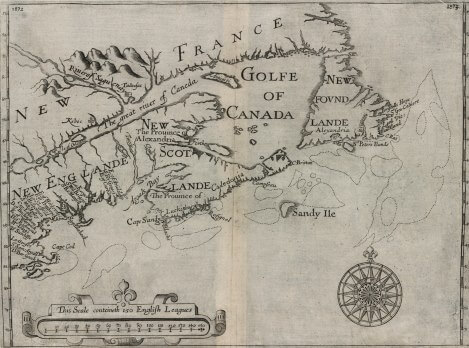
Vaughan’s ambitious plans for a new life in Newfoundland began to fall apart and made the likelihood of success more and more unlikely. Not only were there the hardships of making such a journey but also, the difficulty in adapting to the hazardous conditions once they arrived.
A myriad of problems, obstacles and failures had doomed this mission from the start. The result was that six colonists in 1619 were at Renews and by the following year, they abandoned attempts at sustaining any real settlement.
At this point Vaughan had signed over some of his grant to a figure called Henry Cary. Furthermore, upon his brother’s advice he gave up an area around Ferryland to George Calvert who went on to successfully establish his own settlement called the Colony of Avalon.
Meanwhile, Vaughan persevered with the portion of land he maintained, which included an area called Trepassey. Despite his best attempts, the mission ultimately failed to succeed.
In the 1620s Vaughan was believed to have made the journey himself in order to visit those who were attempting to settle in these locations. There is speculation as to whether this visit did in fact take place and although this cannot be confirmed, the literature that he subsequently published relating to his Newfoundland endeavours could well have been inspired by his time there.
First and foremost a writer, Vaughan went on to pursue his ambitions via his literature by producing two works which sought to promote Newfoundland and the great value and possibilities it posed. In 1626, “The Golden Fleece” was published which was a prose with a strong social critique reflecting Vaughan’s very strong religious beliefs.
The fantastical work was divided into three parts designed to deliver a broader message extolling the riches Newfoundland has to offer. It has remained an important source of early English literature in the New World.
Meanwhile, the efforts to sustain settlement at Trepassay Bay attempts were not quite as dire as the first attempts back in 1617 and it was sustained until around 1624. It was however a much smaller venture than Vaughan had intended.
The colony suffered greatly in the following years, battered by harsh weather conditions as well as suffering damage to property as a result of French fishermen who made it known that they were unwelcome. Life was not getting any easier for the settlers.
Vaughan’s plans had been largely based around the already established fisheries, however he did realise that it would not be enough to sustain a large settlement. He thus intended to establish further sources of revenue which included agriculture and industry which would create an income for the entire year. Sadly his plans never came into fruition for a number of reasons including being insufficiently prepared for the hardships of winter, suffering from illnesses and malaise, insufficient provisions, as well as not enough finance backing the endeavour.
The issues of poor health suffered by the colonists is explored in Vaughan’s publication in 1630 entitled, “The Newlanders Cure”. This book was created with the intention of describing the different antidotes and methods of treatment one could use to address the ailments suffered by the settlers of Newfoundland.
The book makes an interesting historical source as Vaughan describes some rather interesting remedies for curing scurvy. Some of these methods include burning one acre of land around the settlement, eating lots of prunes and currants as well as sleeping in a room with no drafts.
William Vaughan had enthusiastically pursued a colony in Newfoundland but unfortunately his persistent attempts at achieving a successful settlement were never fulfilled. Nevertheless, he still went on to receive a knighthood in 1628 and became Sir William Vaughan.
The mixed success and ultimate failure of the project ultimately came in the 1630s when, now an elderly man, he abandoned any further attempts at permanent colonisation.
In August 1641 the Welsh author, poet and colonising promoter died in Carmarthenshire and was buried in an unmarked grave, a relatively unknown figure in the larger stories of New World colonisation. Whilst history remembers success stories, Sir William Vaughan was a lesson in when plans go wrong.
Jessica Brain is a freelance writer specialising in history. Based in Kent and a lover of all things historical.
